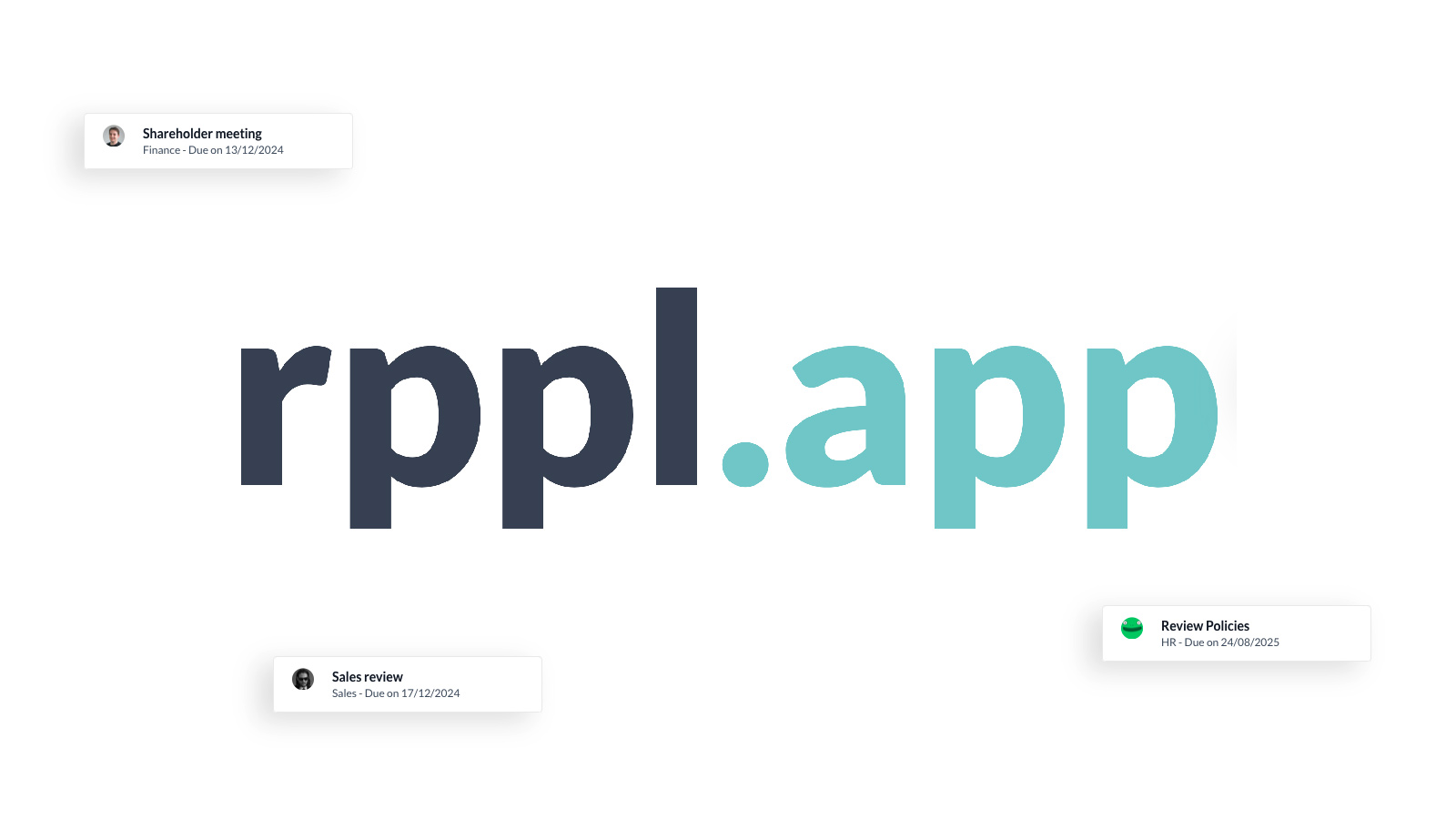
The 70% Problem: Why Your AI Initiative Will Fail (And How to Fix It)
70% of AI pilots never make it to production. The reason isn't what you think.
Your AI initiative is probably doomed.
Not because the technology isn’t ready. Not because your data isn’t clean enough. Not because you picked the wrong vendor or hired the wrong consultants.
It’s doomed because you’re solving the wrong problem.
After analyzing reports from 16 leading organizations, McKinsey, BCG, Accenture, AWS, Microsoft, and others, a startling pattern emerges. Companies that succeed with AI follow what researchers call the “10-20-70 rule”: they spend only 10% of their effort on algorithms, 20% on technology and data, and a full 70% on people and processes.
Most organizations do the exact opposite.
The AI Theater Problem
Walk into any executive meeting today and you’ll hear the same refrain: “We need an AI strategy.” Boards are demanding it. Competitors are claiming it. The pressure to “do something with AI” is overwhelming.
So companies respond predictably. They hire data scientists. They buy AI platforms. They launch pilot projects. They create innovation labs.
And then… nothing happens.
Gartner reports that 70% of generative AI pilots don’t move past the pilot stage. Microsoft’s 2025 Work Trend Index shows that while 24% of organizations have deployed AI company-wide, the majority are stuck in what industry experts call “pilot purgatory.”
This isn’t a technology problem. It’s a real people problem.
The Real Success Pattern
When BCG studied companies that actually succeed with AI (what they call “Transformers”) they found something surprising. These organizations don’t start with technology. They start with how people work together.
Consider Mayo Clinic’s AI transformation. They didn’t begin by buying the fanciest imaging software. They redesigned their radiology workflows to integrate AI insights seamlessly into radiologist decision-making. The result? 30% faster diagnoses and 15% fewer unnecessary procedures.
Or look at JPMorgan’s Contract Intelligence platform. The breakthrough wasn’t natural language processing, it was redesigning how legal teams collaborate with AI to review documents. They saved 360,000 hours annually not by replacing lawyers, but by augmenting their capabilities. The AI handles pattern recognition; real people handle judgment and strategy.
The pattern is consistent across successful implementations:
- Siemens: Transformed maintenance operations by redesigning how technicians collaborate with predictive AI
- Netflix: Revolutionized content recommendation by rethinking how human curators work with algorithmic insights
- Bank of America: Created Erica by reimagining customer service conversations, not just customer service technology
Why the 70% Gets Ignored
Here’s the uncomfortable truth: focusing on real people and processes is harder than buying software.
It requires admitting that your current workflows might be broken. It means recognizing that people think, process information, and contribute differently, and that your AI implementation needs to adapt to this diversity, not eliminate it. Some team members are verbal processors who think out loud; others need quiet reflection time. Some are visual learners; others prefer detailed documentation. Some thrive on rapid iteration; others need structured planning.
The best AI implementations don’t try to standardize these differences away. They amplify them.
Technology vendors don’t help. They sell the fantasy that AI is plug-and-play: “Just connect our API and watch productivity soar!” But as Scaled Agile’s research on AI-augmented workforces shows, 77% of employees report that AI has actually increased their workload when it’s deployed without considering how real people actually work.
The problem isn’t the AI. It’s that we’re asking people to bolt futuristic technology onto workflows that don’t account for human diversity. We’re trying to make people adapt to technology instead of making technology adapt to people.
This challenge is actually more pronounced in large enterprises, where bureaucratic processes can take months to adjust. Smaller organizations often have a hidden advantage here, they’re naturally closer to understanding how each team member thinks and works, making human-centered AI implementation more intuitive.
The Collaboration Foundation
So what does the 70% actually look like? It starts with getting the basics right:
-
Decision-Making Clarity - Before AI can augment decisions, you need to know who makes them. Microsoft’s Strategic CIO Playbook emphasizes that successful AI deployment requires “clear, coordinated approach and focused investment.” Translation: figure out how decisions actually get made in your organization.
-
Information Flow Design - AI is only as good as the information it receives and the context in which its insights are used. PwC’s research on deploying AI at scale shows that organizations must first “ensure that chosen platforms integrate seamlessly with existing systems and workflows, both upstream and downstream.”
-
Human-AI Interaction Patterns - The most successful AI implementations don’t replace human judgment, they enhance it by removing friction and adapting to how different people work best. As the PMI/NASSCOM playbook for AI projects notes, “human oversight remains crucial” and success comes from “maintaining a balance between automation and human input.”
But here’s what most miss: that balance looks different for different people. Some team members excel at high-level strategy while AI handles details. Others prefer AI to synthesize options while they drive execution. Some need AI to translate complex data into visual formats; others want raw numbers they can analyze themselves.
The goal isn’t to make everyone work the same way, it’s to shift the entire team forward by giving each person tools that amplify their natural strengths. This approach is especially powerful in smaller organizations, where leaders naturally know that Sarah processes information visually while Marcus thinks out loud, and can design AI implementations that enhance rather than standardize these differences.
This is exactly what effective collaboration does. It creates structured environments where different types of people can contribute their best work:
- Information flows efficiently to match how different people process it
- Decisions get made with appropriate input that honors diverse thinking styles
- Follow-up actions are clear and accountable to various working preferences
- Context gets preserved and built upon in ways that serve different cognitive approaches
Think of it like pedagogy in education. The best teachers don’t force all students to learn the same way. They create frameworks that allow different learning styles to flourish. The same principle applies to AI implementation.
The Real People-AI Connection
Here’s where it gets interesting. The same organizational capabilities that honor how real people actually work are precisely what make AI initiatives successful.
Think about it: both require:
- Clear objectives that align with diverse working styles and business outcomes
- Structured information sharing that accommodates different communication preferences
- Decision-making frameworks that balance speed with the quality that comes from cognitive diversity
- Follow-through mechanisms that turn insights into action across different work styles
- Continuous feedback loops that adapt and improve based on how people actually use the tools
Organizations that master intentional collaboration, that create space for introverts to think, extroverts to process out loud, visual thinkers to sketch, and analytical minds to dive deep, are building the exact foundation needed for AI success.
Interestingly, this foundation often exists more naturally in smaller organizations where cognitive diversity isn’t just nice-to-have, it’s essential for survival. When you can’t afford to waste anyone’s potential, you naturally develop the human-centered approaches that make AI implementations successful.
When Accenture studies “AI maturity and transformation,” they’re really studying collaboration maturity. When AWS creates their “Cloud Adoption Framework for AI,” they’re documenting collaboration frameworks. When the World Economic Forum publishes their “AI C-Suite Toolkit,” they’re describing leadership collaboration patterns.
From Pilot Purgatory to Production Prosperity
The companies that escape pilot purgatory share a common approach. They don’t start with AI, they start with collaboration.
They ask different questions:
- Not “What can AI do?” but “How do we make decisions?”
- Not “Which vendor should we choose?” but “How does information flow through our organization?”
- Not “What’s our AI budget?” but “How do we sustain change?”
Smaller organizations often have an advantage here. They can answer these questions quickly and personally rather than through months of enterprise assessment processes.
They design differently:
- They map existing workflows and cognitive preferences before introducing AI
- They prototype new collaboration patterns that enhance rather than replace human capabilities
- They measure adoption, engagement, and individual empowerment, not just technical performance
- They invest in change management that respects how different people adapt to new tools
They succeed differently:
- 50% higher revenue growth than organizations stuck in pilot mode
- 60% higher total shareholder return
- 15-30% efficiency gains that compound over time
The Path Forward
Your AI initiative doesn’t have to join the 70% that fail. But success requires a different starting point.
Before you evaluate vendors or define use cases, audit your collaboration foundation:
How effectively does your organization:
- Make decisions with clear authority that leverages diverse perspectives?
- Share information in ways that work for different communication styles?
- Sustain change by meeting people where they are, not where you think they should be?
- Learn from both successes and failures across different working approaches?
- Align individual strengths with organizational objectives?
If these sound like the ingredients of truly inclusive and effective collaboration, that’s not a coincidence. Organizations that understand real people create the foundation for successful human-AI collaboration.
The 70% isn’t about change management or training programs. It’s about fundamentally rethinking how work gets done when you have diverse, real people with different strengths working alongside powerful technology. AI doesn’t just automate tasks, it changes how people can contribute their unique value.
Companies that recognize this early, that see AI as a way to amplify human potential rather than standardize it, will join the 27% that become “Transformers.” Those that don’t will remain stuck in pilot purgatory, wondering why their expensive AI initiatives never deliver results.
The choice isn’t between human intelligence and artificial intelligence. It’s between technology that works with real people as they are, and technology that demands they become something else.
Which one are you building?
The 70% problem ends when we stop treating AI as a technology problem and start treating it as a people problem.
Ready to build the collaboration foundation that amplifies real people and makes AI initiatives succeed? Learn how intentional design creates the organizational capabilities needed for sustainable AI transformation. One that works with human diversity, not against it.
This post is based on research from McKinsey, BCG, Accenture, AWS, Microsoft, Gartner, and other leading organizations on AI transformation success patterns. Data on collaboration foundations comes from ongoing research with organizations implementing human-centered AI strategies.


